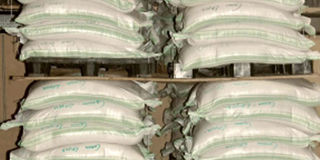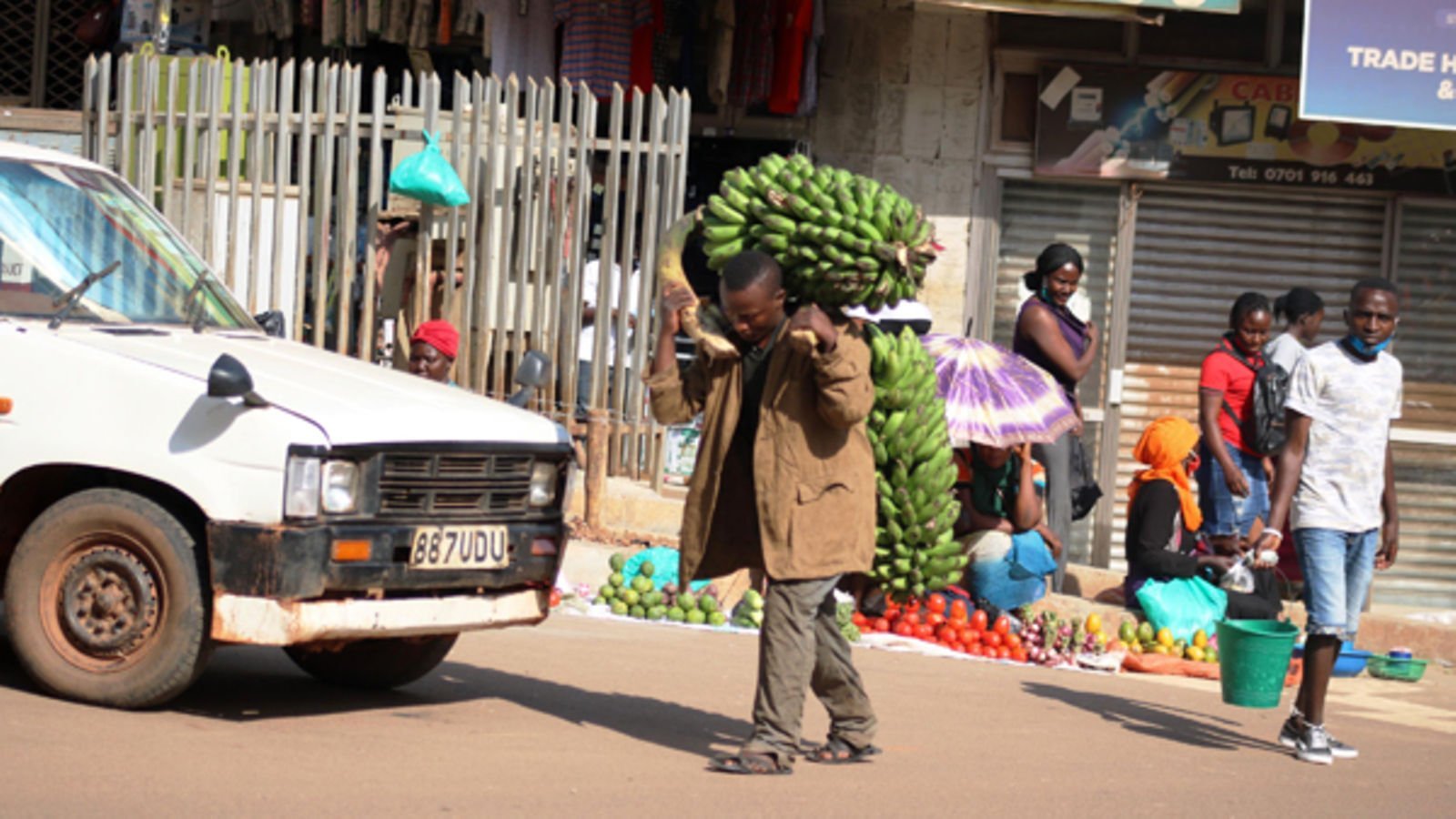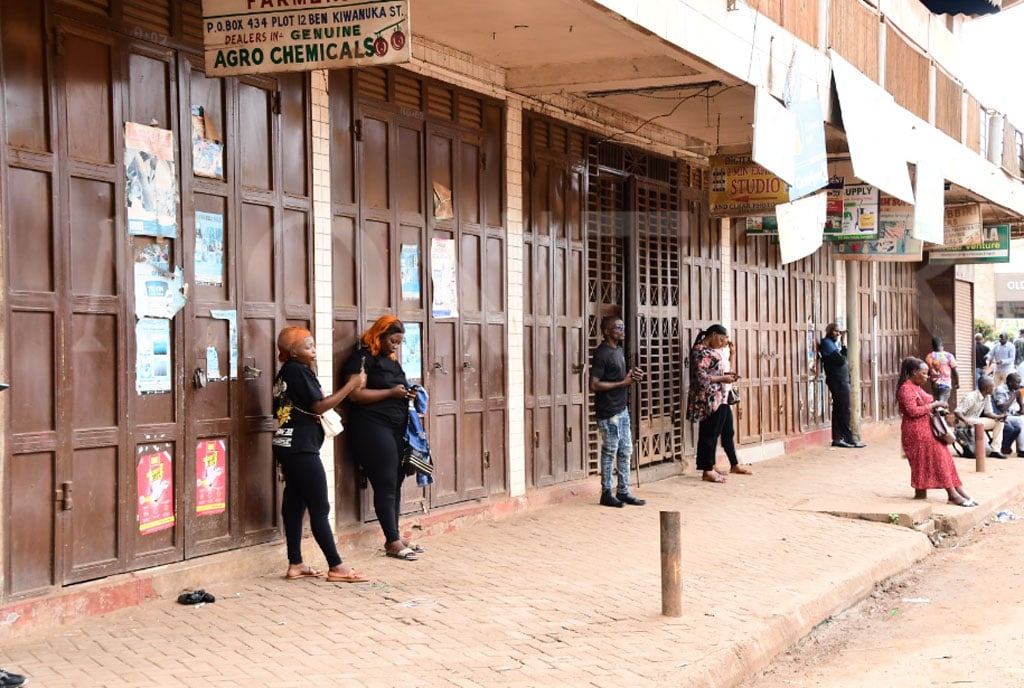Make money from animal feeds processing plant

Animal feeds packed in sacks. With agricultural modernisation and diversification, you can earn good returns on your investment in an animal feeds processing plant.
What you need to know:
- An animal feeds processing plant is a good business idea that one can invest in and make god money.
- Dorothy Nakaweesi writes about what it takes to start this business giving you an idea on the proceeds.
You have been searching for that business idea to invest in but you can’t point out. Rest your case. Today, we are taking you through establishing an animal feeds processing plant.
This kind of investment is lucrative according to Mr Newton Buteraba, the chief executive officer of House of Wealth – a local firm that offers Business Advisory services and motivational.
“I strongly believe that this is a good business idea that one can invest in and make god money,” he shares.
Animal feed plant is a place where their feeds are made. The need for balanced animal feeds forms an essential part of the intensive dairy development programme.
What is proposed here is the setting up of an animal feed manufacturing plant using local products such as maize, millet and wheat.
Investment capital
Starting this business may not necessarily require a lot of money since you can start small at your backyard.
But if you want to do it on a large scale producing about 93,600 kilogrammes of animal feeds per year, it means you will need initial capital worth $7,150 (Shs26 million) to start. This will earn you revenue worth $121,680 (Shs444 million) annually with a payback period of about six months with a net profit margin of 50 per cent.
Production process
When one wants to try it on a large scale the plant in this profile has a minimum capacity of 300 Kilograms of animal feed per day. This means at the end of the year, you will be able to produce 93,600 kilogrammes assuming production for 312 days per year.
The process involves blending various ingredients by using a disintegrator to reduce to the size of the required mesh size, which is uniformly mixed with vitamins and minerals by a ribbon blender.
Molasses are added and then the mix is extruded to get pallets of the finished product, which are packed in gunny bags for marketing.
Market
With agricultural modernisation and diversification, there is a good future and solid potential for growth.
Thus, market for animal feeds is guaranteed. But the local population still needs to be sensitised on the benefits of using animal feed visa vie natural grass and plants. The market cuts across farmers with different sizes of herds of animals.
Mr Godfrey Ddamba, the quality controller at Ugachic, while sharing his experience said much as they specialise in poultry feeds, they also produce animal feeds on special order. The company produces fish pallets and cattle feed.
He says: “Before producing, look at the quality of the raw materials which will give you a better product for the market.”
Studying the seasons for the respective raw materials used in the production of the animal feeds need to be studies for it will save you on the costs.
Advice
Mr Buteraba, however, says that before one thinks of injecting their money-they should like any other business draw up a business plan.
“The business plan will guide on how much you are going to invest, where to source the raw materials and their costs. With such a guide, it saves you from over spending where it’s not necessary,” Mr Buteraba adds.
The other key thing one who wants to invest in establishing an animal feeds processing plant is to specialise in a particular feeds.
“Say if it is feeds for cattle or pigs-this will help you to identify your customers who are keeping these animals,” he shared.
After identifying who your customers are consult from them how much feeds do their animals consume on a monthly basis, how often do they buy the feeds and in what quantities.
Mr Buteraba adds that when starting this kind of business one should avoid getting a loan but use their savings and only consider it at a later stage.
Challenges
In this business Mr Ddamba says that the biggest challenge is the middlemen who inflate prices especially for the raw materials.
Also watch out for the fake micro ingredients.
“Fake micro ingredients which are flooding the market and can be dangerous to the animals if used in the production of feeds,” Mr Ddamba added.
Incentives
According to Uganda Investment Authority (UIA) the government is encourages value addition in the agricultural sector and hence access to the agricultural fund, and European Investment fund can easily be granted.




